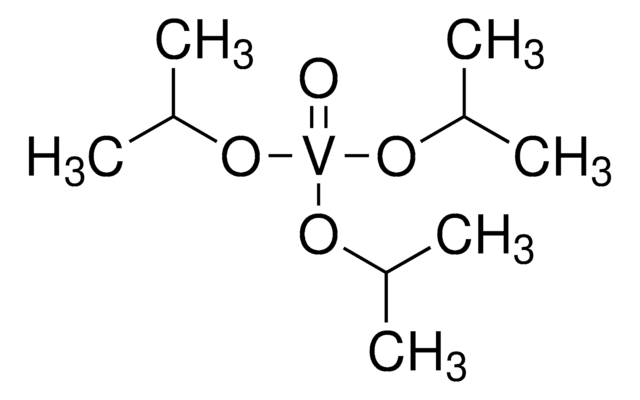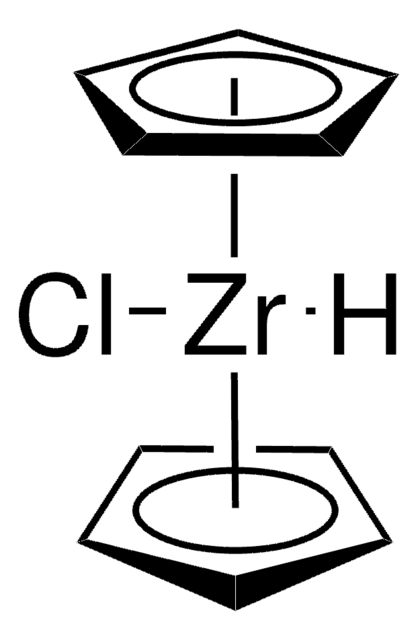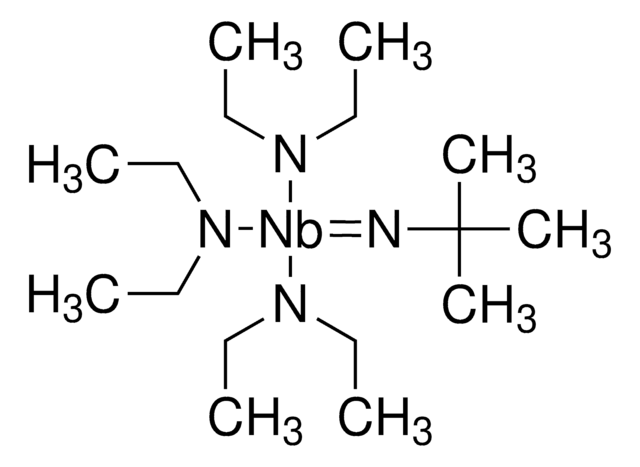396265
Bis(2-carboxyethylgermanium(IV) sesquioxide)
99%
Synonim(y):
GE 132
About This Item
Polecane produkty
Próba
99%
Postać
solid
ciąg SMILES
OC(=O)CC[Ge](=O)O[Ge](=O)CCC(O)=O
InChI
1S/C6H10Ge2O7/c9-5(10)1-3-7(13)15-8(14)4-2-6(11)12/h1-4H2,(H,9,10)(H,11,12)
Klucz InChI
XEABSBMNTNXEJM-UHFFFAOYSA-N
Szukasz podobnych produktów? Odwiedź Przewodnik dotyczący porównywania produktów
Opis ogólny
Zastosowanie
Kod klasy składowania
11 - Combustible Solids
Klasa zagrożenia wodnego (WGK)
WGK 2
Temperatura zapłonu (°F)
Not applicable
Temperatura zapłonu (°C)
Not applicable
Środki ochrony indywidualnej
Eyeshields, Gloves, type N95 (US)
Certyfikaty analizy (CoA)
Poszukaj Certyfikaty analizy (CoA), wpisując numer partii/serii produktów. Numery serii i partii można znaleźć na etykiecie produktu po słowach „seria” lub „partia”.
Masz już ten produkt?
Dokumenty związane z niedawno zakupionymi produktami zostały zamieszczone w Bibliotece dokumentów.
Nasz zespół naukowców ma doświadczenie we wszystkich obszarach badań, w tym w naukach przyrodniczych, materiałoznawstwie, syntezie chemicznej, chromatografii, analityce i wielu innych dziedzinach.
Skontaktuj się z zespołem ds. pomocy technicznej








